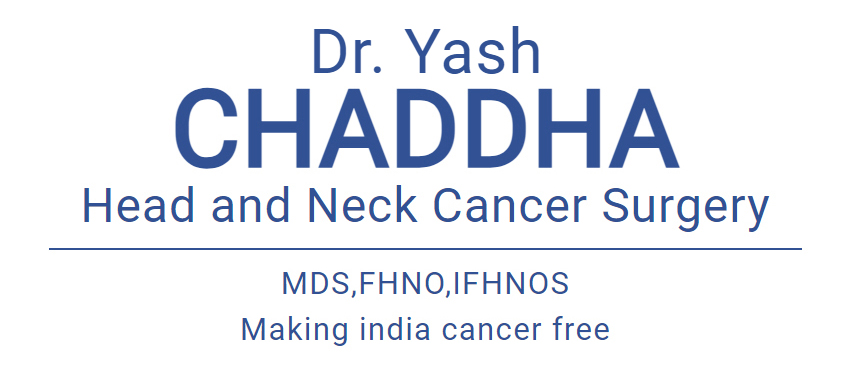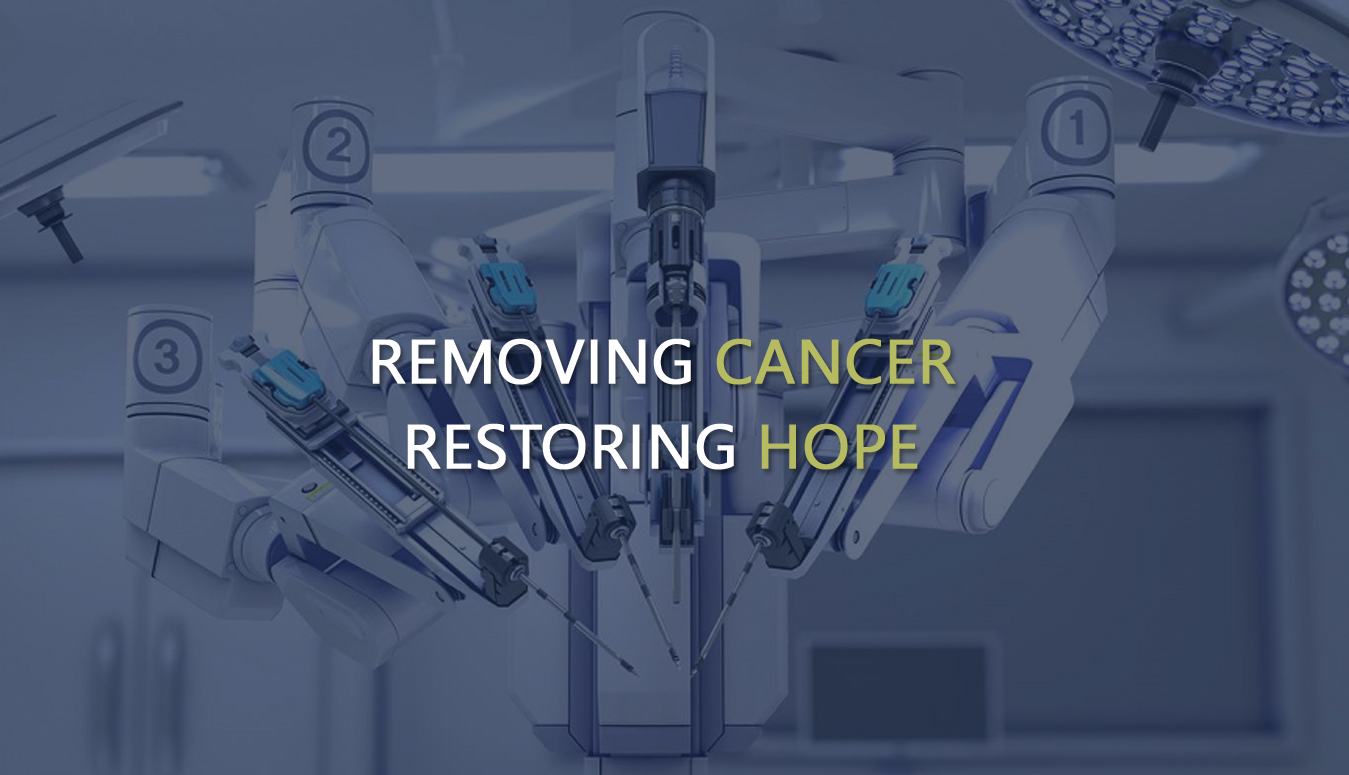Parotidectomy for Salivary Gland Cancer
Understanding Parotid Gland and Its Importance
The parotid glands, the largest of the salivary glands, play a crucial role in producing saliva to aid digestion and maintain oral health. Located just in front of the ears, these glands are responsible for secreting saliva through the Stensen's duct into the mouth. Despite their essential role, the parotid glands can sometimes be affected by various conditions, including salivary gland cancer. This type of cancer, although relatively rare, requires specialized treatment and surgical intervention to manage effectively.
Salivary Gland Cancer: An Overview
Salivary gland cancer encompasses a group of malignancies that arise in the tissues of the salivary glands. These cancers can vary in type and aggressiveness, with the parotid glands being the most common site of origin. Symptoms of salivary gland cancer may include a lump or swelling near the jaw or in front of the ear, facial pain or numbness, and difficulty swallowing. Early detection and a multidisciplinary approach to treatment are crucial for improving outcomes for patients diagnosed with this condition.
What is a Parotidectomy?
A parotidectomy is a surgical procedure aimed at removing either part or all of the parotid gland, typically to treat benign or malignant tumors. Depending on the extent and location of the tumor, a parotidectomy can be classified into different types:
- Superficial Parotidectomy: Removal of the outer portion of the parotid gland, preserving the facial nerve.
- Total Parotidectomy: Complete removal of the parotid gland, which may sometimes involve sacrificing parts of the facial nerve.
- Radical Parotidectomy: Extensive removal, including affected surrounding tissues and lymph nodes, often necessary in advanced or aggressive cancers.
The Parotidectomy Procedure
Under the expert care of Dr. Yash Chaddha, a leading Head & Neck Oncosurgeon specializing in surgical oncology and robotics, patients undergoing a parotidectomy can expect a meticulous and comprehensive approach to their treatment. The procedure typically involves the following steps:
- Preoperative Assessment: Detailed imaging studies, such as MRI or CT scans, and fine-needle aspiration biopsy to evaluate the tumor's characteristics and plan the surgical approach.
- Anesthesia: General anesthesia is administered to ensure patient comfort throughout the procedure.
- Incision and Dissection: A careful incision is made in front of the ear, extending down to the neck if necessary. The surgeon meticulously dissects the tissues to reach the parotid gland while preserving vital structures like the facial nerve.
- Tumor Removal: The affected portion of the parotid gland, along with the tumor, is removed. If the cancer has spread, additional tissues and lymph nodes may also be excised.
- Reconstruction and Closure: Depending on the extent of the surgery, reconstructive techniques may be employed to restore facial function and aesthetics. The incision is then closed with sutures.
Postoperative Care and Recovery
After a parotidectomy, patients are closely monitored to ensure a smooth recovery. Postoperative care includes:
- Pain Management: Medications are prescribed to manage pain and discomfort.
- Wound Care: Instructions on how to care for the surgical site to prevent infection and promote healing.
- Physical Therapy: If the facial nerve has been affected, physical therapy may be recommended to improve facial muscle function.
- Follow-Up Appointments: Regular follow-ups with Dr. Chaddha to monitor recovery and address any concerns.
Risks and Complications
As with any surgical procedure, a parotidectomy carries certain risks and potential complications, including:
- Facial Nerve Injury: Although every effort is made to preserve the facial nerve, there is a risk of temporary or permanent facial weakness or paralysis.
- Infection: Proper wound care and hygiene are essential to prevent infection at the surgical site.
- Salivary Fistula: An abnormal connection between the salivary gland and skin may develop, requiring further treatment.
- Frey's Syndrome: A condition characterized by sweating and flushing in the cheek area while eating, which can be managed with various treatments.
Why Choose Dr. Yash Chaddha?
Dr. Yash Chaddha is a renowned Head & Neck Oncosurgeon with extensive experience in treating salivary gland cancers, including performing parotidectomies. As a specialist in surgical oncology and robotics, Dr. Chaddha employs the latest techniques and technologies to ensure optimal outcomes for his patients. His dedication to patient care and commitment to excellence have made him a trusted name in the field of oncosurgery.
Consultation and Appointments
Dr. Yash Chaddha offers consultations and treatment at NHMMI Narayana Superspeciality Hospital in Raipur, Chhattisgarh. Additionally, he holds OPD sessions every 1st and 3rd Saturday at Metro Balaji Hospital in Raigarh, Chhattisgarh, to provide accessible care to a broader patient base. Patients can schedule an appointment for a thorough evaluation and personalized treatment plan.
Contact Information
For appointments and inquiries, please contact:
NHMMI Narayana Superspeciality Hospital
Metro Balaji Hospital
In conclusion, a parotidectomy is a critical procedure for treating salivary gland cancers, requiring the expertise of a skilled surgeon like Dr. Yash Chaddha. With a comprehensive approach to diagnosis, surgery, and postoperative care, Dr. Chaddha ensures that his patients receive the best possible outcomes in their journey to recovery.
 help
help


